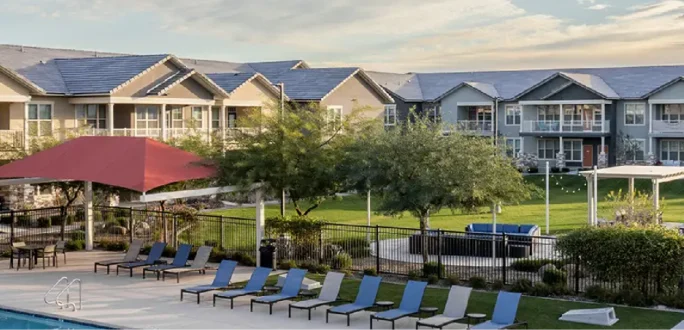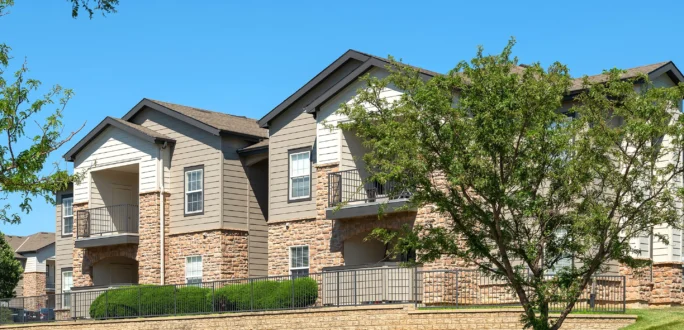
Urban Multifamily Starts to See Recovery Amid Frothy Apartment Investment Market
 Urban Multifamily Starts to See Recovery Amid Frothy Apartment Investment Market
Urban Multifamily Starts to See Recovery Amid Frothy Apartment Investment Market
David Nelson, HZ’s Chief Transactions Officer, was recently featured in an article by Ashley Fahey for bizjournals.com about the recovery of the multifamily investment space.
See full article below
This may be the first year San Francisco multifamily real estate investment firm Hamilton Zanze & Co. does $1 billion-plus in acquisitions in one year
“We’ve never been more active as a company,” said David Nelson, chief transactions officer at Hamilton Zanze, where he’s been since 2004. The company has completed about $350 million in acquisitions so far this year and is under contract on another $600 million or so, Nelson said.
It’s no secret that the U.S. multifamily market has seen a meteoric rebound after a flat — or, for some gateway metros, declining — 2020. Massive amounts of equity, low-cost debt, favorable fundamentals and possible changes to the federal 1031 exchange program are contributing to the market’s frothiness.
U.S. multi-housing transaction volume totaled $138 billion in 2020 and $32 billion in the first quarter of 2021, according to Jones Lang Lasalle Inc.
Appetite for hard-hit property types, like retail and hospitality, as well as ones with uncertain futures, like office, has waned in the past year or more. Capital has instead flooded to sectors like industrial and multifamily.
“Frankly, there’s only so much industrial allocation the market can bear,” said David Bitner, head of Americas capital markets research at Cushman & Wakefield PLC. “You end up with a lot of liquidity having to go into the multifamily markets.”
Bitner said while suburban apartments remain the strongest subsector within the larger apartment market, urban-core multifamily has “joined the dance” faster than expected after 2020.
Tours at Class A apartments in urban cores in April were up 121% year-over-year and there was a 70% increase in new lease signings, JLL found.
Among gateway markets, which saw the worst impacts last year, revenue-per-available-foot has recovered to pre-pandemic levels in Chicago and is on track to do so soon in Boston, Los Angeles and Washington, D.C., according to Cushman & Wakefield. Among the gateway cities, San Francisco and New York have the biggest ground to make up.
The Southwest and Southeast regions of the United States, the Sunbelt, are seeing 51% and 61% more investment activity, respectively, compared to 2017 and 2019, Cushman found. JLL’s June report on the apartment sector said Dallas-Fort Worth, Atlanta and Phoenix are among the most liquid multifamily markets in the U.S.
Bitner said as companies eventually return to the office, even on a part-time basis, that may also propel more people to lease apartments in urban cores. But, he said, a lot of the lease-up and momentum in urban centers this year has come from a desire to return to center-city amenities, such as restaurants and live entertainment. The concessions that were so popular last year and into the early part of 2021 may’ve helped lure tenants to urban centers, too.
Of course, suburban properties remain the most compelling for investors. Investment in multifamily in “mature” suburbs during the first half of 2021 was up 39% compared to the 2017-2019 average, Cushman research found. For “emerging” suburbs, it’s up 84% compared to the same time period.
The rate at which rents are appreciating this year is also creating new dynamics for investors and owners.
Nelson said new tenants who occupy a unit after a move-out are sometimes paying a 10% premium in rent compared to the previous occupant. In fact, the fundamentals of a real estate transaction can change between the time Hamilton Zanze goes under contract and when it closes 90 to 120 days later, Nelson added.
Michael Lewis, managing director of REIT equity research at Truist Securities, said even with rental rates increasing, multifamily landlords haven’t hit pushback on a macro scale. Sunbelt landlords in particular are pushing rents more than they ever have and occupancy isn’t going down, Lewis added.
“This might be the best pricing power landlords have had since I don’t know when,” he continued.





